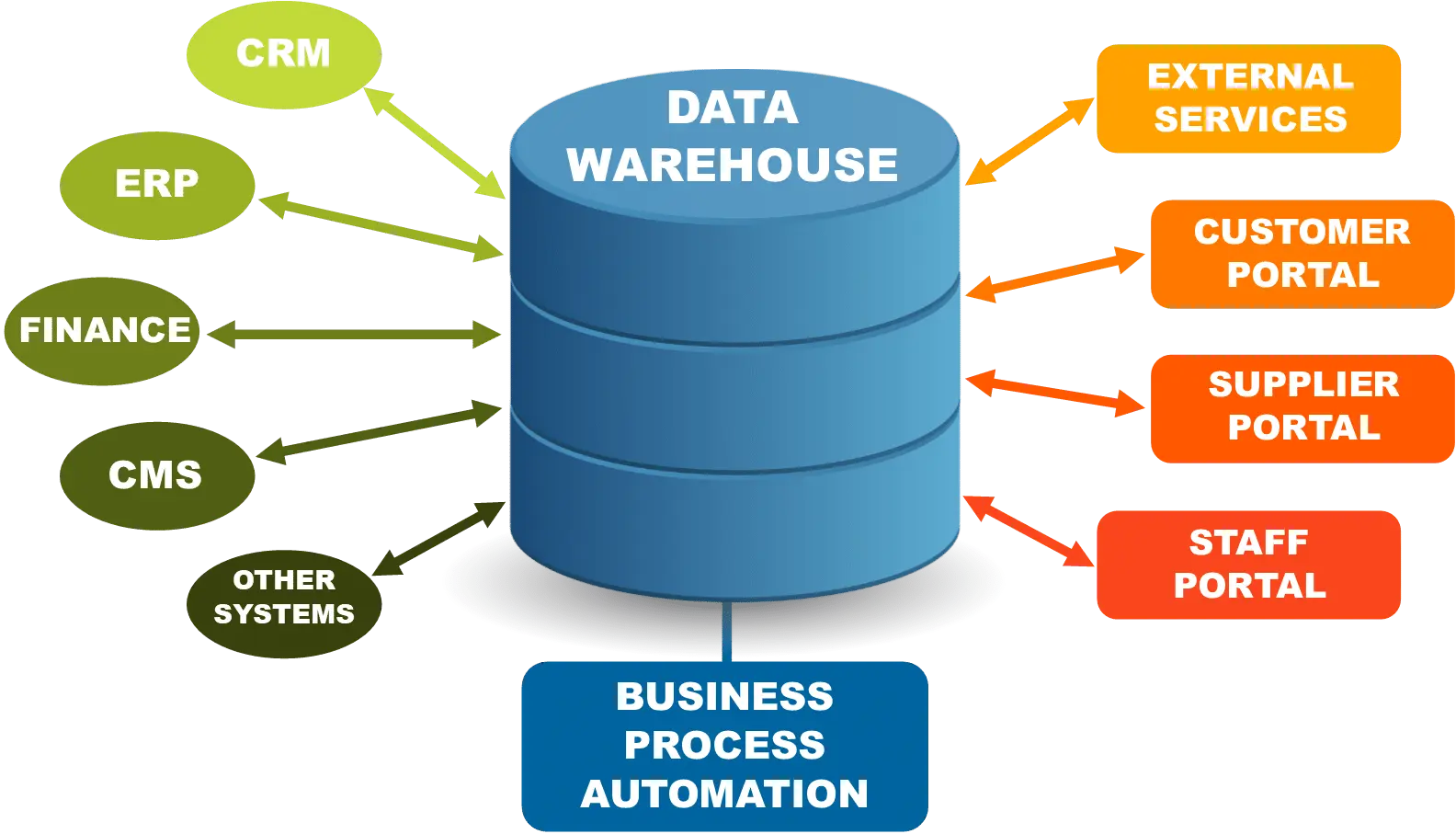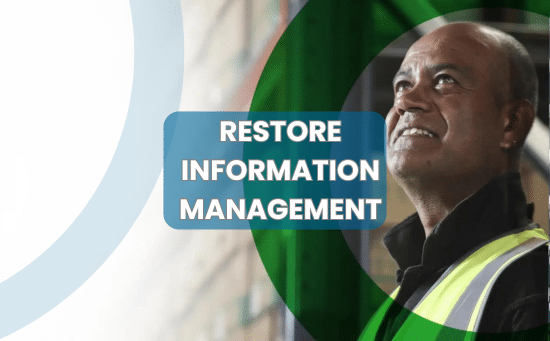Frequently Asked Questions
What is a data warehouse?
A data warehouse is a central repository that stores and manages large volumes of structured data for reporting and analysis.
Why would my business need one?
It enables better decision-making by providing consolidated, accurate, and timely data.
Can it connect to my existing systems?
Yes, we integrate data warehouses with your current software environment.
Is data warehousing secure?
Yes, we implement industry-standard security measures and access controls.
Do you assist with data migration?
Yes, we ensure smooth and accurate migration from your existing data sources.













